- Tauragė Castle
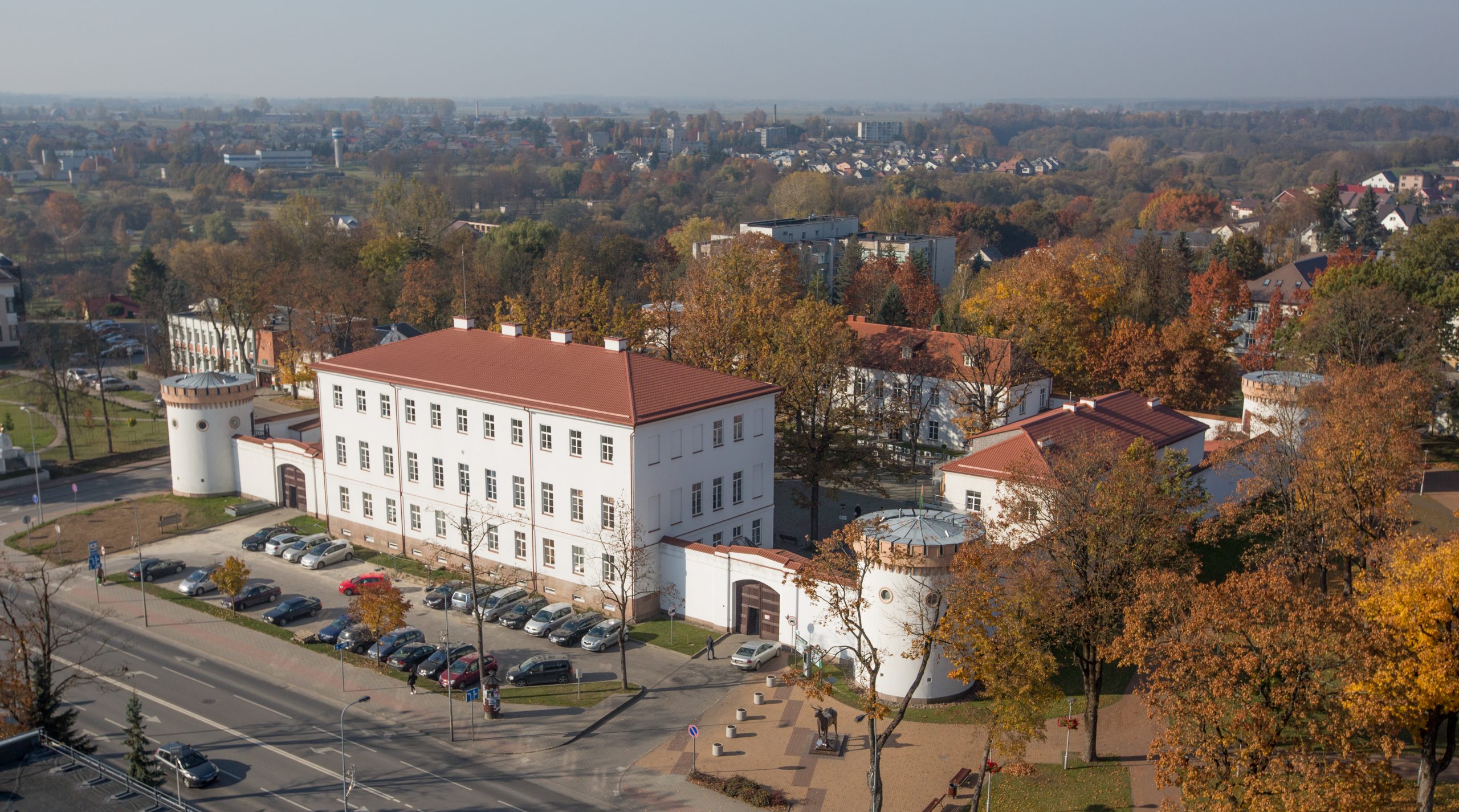
In 1844 – 1847, a brick customs building, now called the Tauragė Castle. The design was prepared in 1844, and the two-storey building was completed in 1847. In the second half of the 19th century, the compound was rebuilt: its territory was enclosed by a stone wall, a bathhouse and auxiliary buildings were constructed in the yard, a well was dug, and corner towers set up. The character of a ‘romantic‘ Renaissance castle was imparted to the completely architectural ensemble. The customs of Tauragė also housed a border prison where detained contraband smugglers, border trespassers, and book smugglers were temporarily kept. In 1971 and 1986, two additional buildings were built in the castle yard.
- Tauragė Regional Museum

In the September of 2019 , the doors of Tauragė castle were opened to a space where visitors of the museum can see the renewed History, Ethnography and Nature exhibitions. The renewed museum will be enriched with modern technology: a year-round green apple tree, magnetic puzzle, touch screens with cognitive games and many other attractions.
A small dwarf called Barzdukas will meet you in the animation of Archaeology tower, who will tell you the story about the archaeologists digging to find out more about the two Baltic tribes: Skalovians and Samogitians. In the Photo gallery are constantly changing exhibitions of the national and foreign photographic works. When you get to the Western tower, you will find out what it is like to be in the basement during air raids. The ground floor will offer 360-degree surround film about Tauragė history. On the first floor, you will be able to meditate quietly while seeing the bracket with stars and listening to the peaceful sounds. The journey through Tauragė castle will be finished in the halls of dungeons, where back in the days used to be a jail. There you will find out more about Tauragė customs office, border relations, contraband and even books smugglers.
- Tauragė Post Office Building Complex
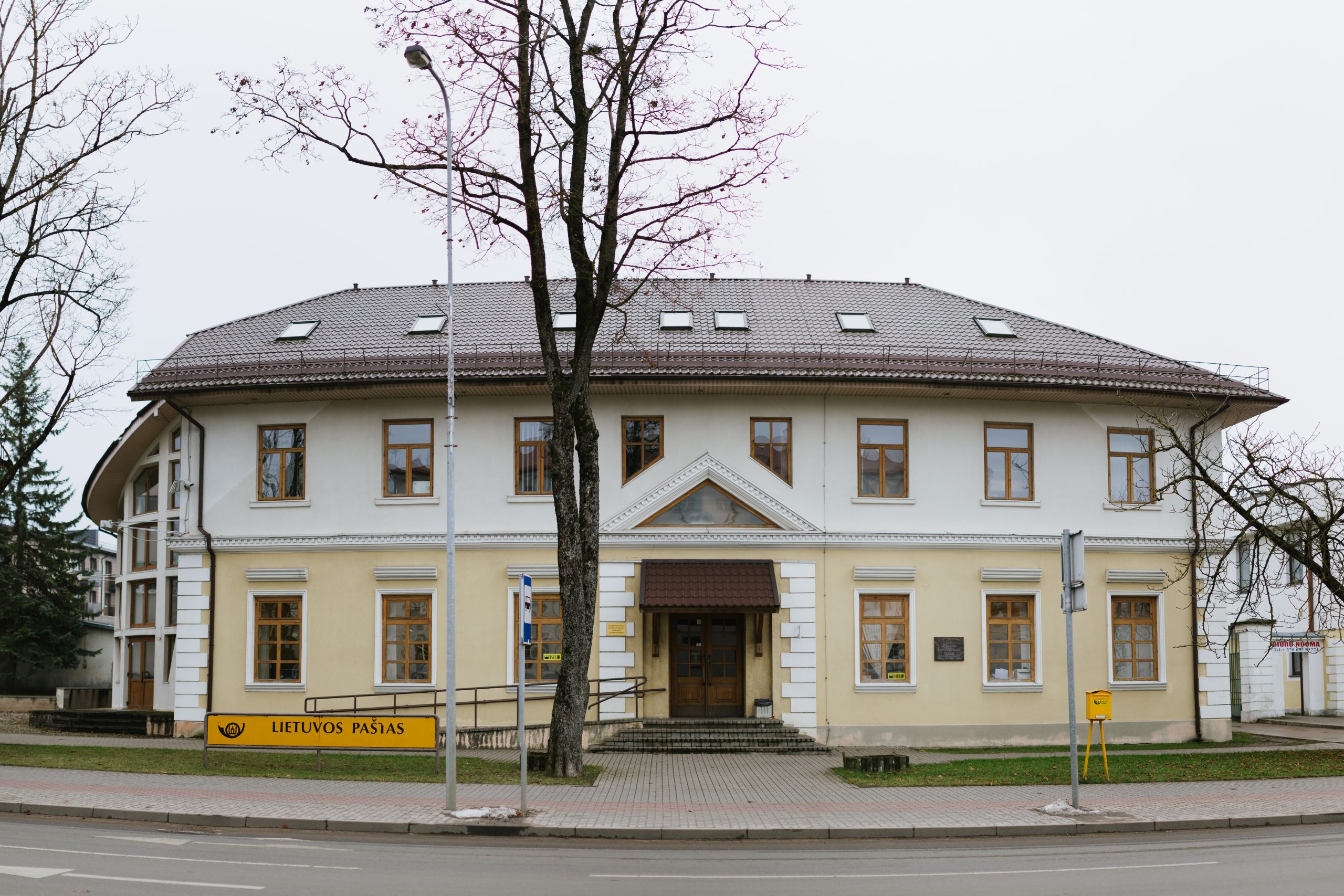
Post Office Building Complex, which consits of the post office building, the inn house, and stables, is one of the oldest in the town. The post office was established in 1833 and its building was built in 1843. Later it underwent several expansions, and the first floor was added in 1963. The inn, which was built in 1860, had two lounges: the ‘clean‘ one for the visiting nobility, and the ‘dirty‘ one for servants, coachmen, and postmen.
On 10 October 1843, the famous French writer Honore de Balzac stayed in the post inn and wrote a letter to his future wife Evelina Hanska, a Polish noblewoman, who was in St Petersburg at the time. Four months later, the outstanding 19th-century composer Robert Schumann and his wife had breakfast at Tauragė post station.
The post station compound was demaged during World War II. The post office and the stables were rebuilt, while the inn building has hardly changed and retained its authentic character.
- Church of the Holy Trinity
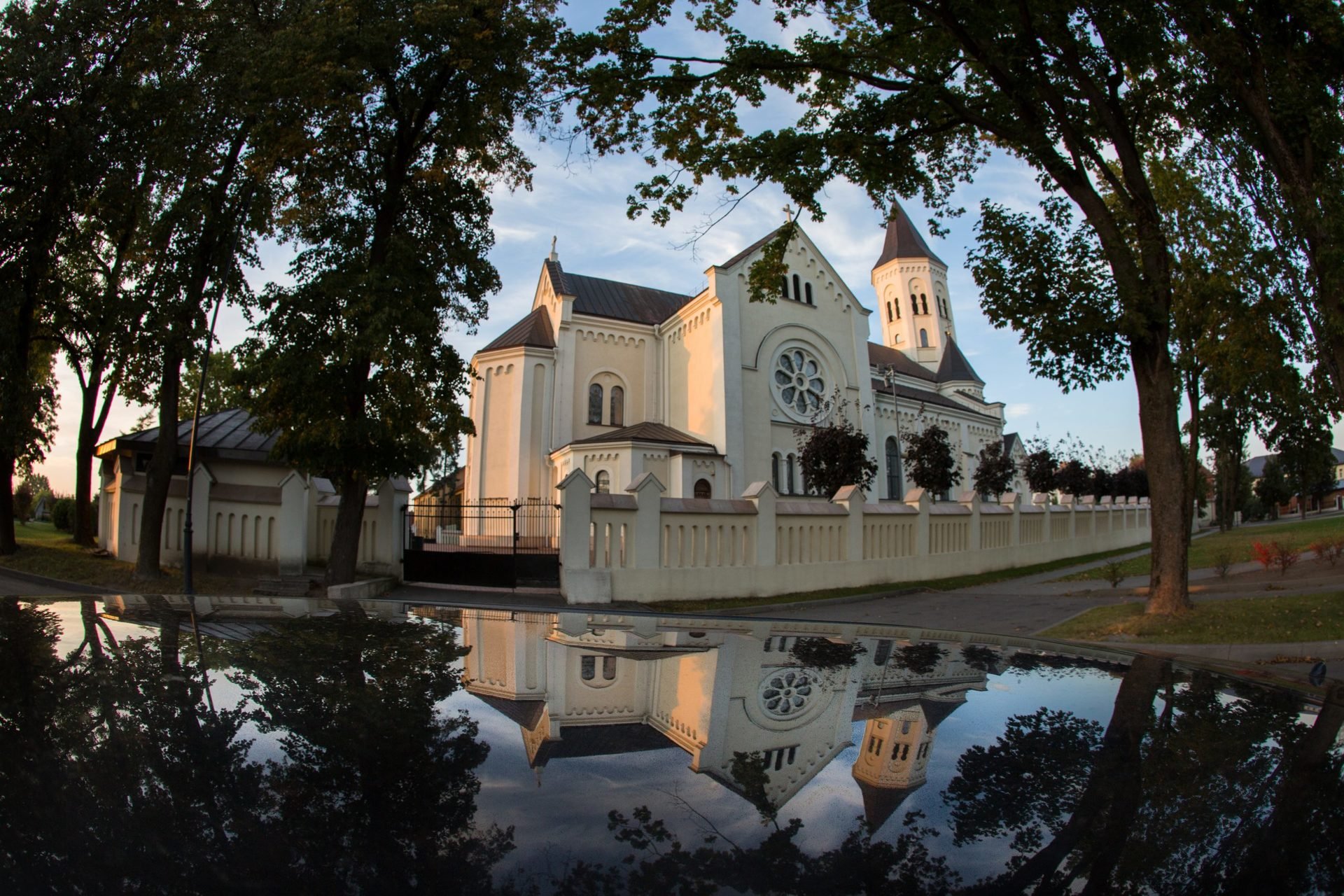
The first church in Tauragė was built in 1507. During the period of 1865 – 1869, the government was repeatedly requested for permission to built a new brick church, but only permission to repair the old one was granted. In 1899, the wooden church was demolished. In 1904, a new brick church was constructed. During World War I, the church was badly damaged and its tower was blown up. It was rebuilt with a tower of a different shape between 1927 and 1933. During Worl War II, the roof and the interior of the church were damaged by fire. The church was only rebuilt in 1955 at the initiative of dean Jonas Beinoris, at the expense and assistance of the parishioners. The church is historical and has features of neo-romantic and classical style, constructed according to the latin cruciform ground pan, with five-wall apse and one eight-wall tower. It has 6 altars.
- Martynas Mažvydas Evangelical Lutheran Church
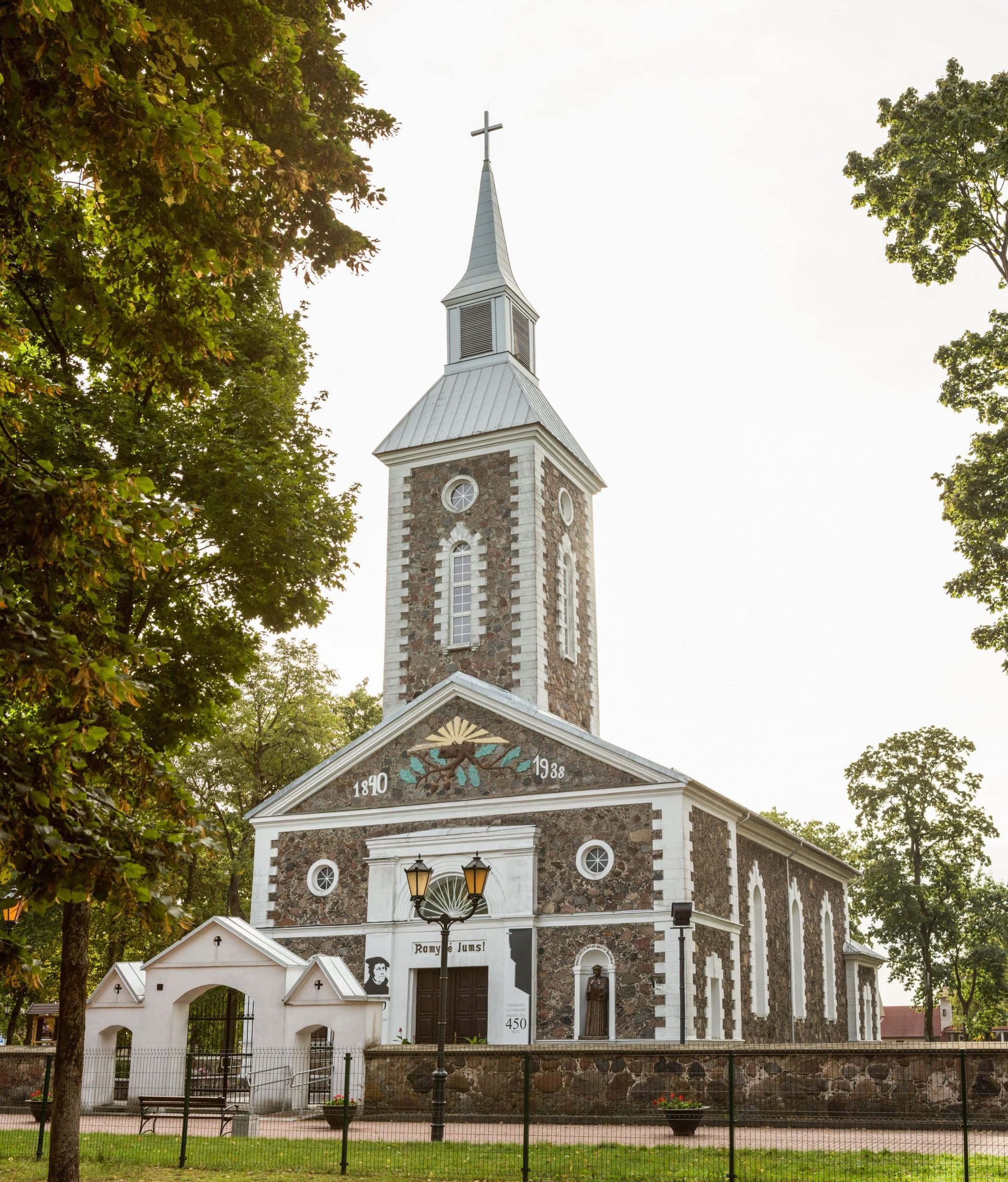
The fire that broke out in the town in 1836 devoured the old Evangelical Lutheran house of prayer on Vymeris Hill at the Jūra River. Between 1840 and 1843, the new church was built opposite the market square in the new town centre. The architecture of the church, which is built of stones, displays the features of Romanticism. During World War I, the church spire was heavily damaged and was rebuilt only in 1938, different from what it used to be. In 1947, during the commemoration of the 400th anniversary of the first Lithuanian book, the church was named after Martynas Mažvydas. For many years the parish and, later, all Lutherans of Lithuania were led by Bishop Jonas Viktoras Kalvanas. Until 2001, the centre of the diocese was in Tauragė and then it was moved to Vilnius.
In 1987, forged copper sculptures of Martynas Mažvydas and Martin Luther by Antanas Bagdonas were installed in the niches on both sides of the church entrance. It is the first sculptures of the reformers-educators in Lithuania.
- Russian Orthodox Church

Built in the new historical cemetery and consecrated in 1933, this Orthodox church replaced the old Orthodox church that was demolished in 1927 and used to be located on the site of the present Culture Palace. Protoiereus Joan Semyonov served in this church for many years (from 1937 until his tragic death in 1986). During World War II, the Tauragė Orthodox Church was not damaged. During the post-war years, the orthodox house of worship in Tauragė was used by the orthodox from Kaliningrad region, since in this region were no registered orthodox churches until 1985. In 1989, the church was rebuilt and enlarged to the present size according to V. Yefimov’s conceptual design.
- The Bank Palace
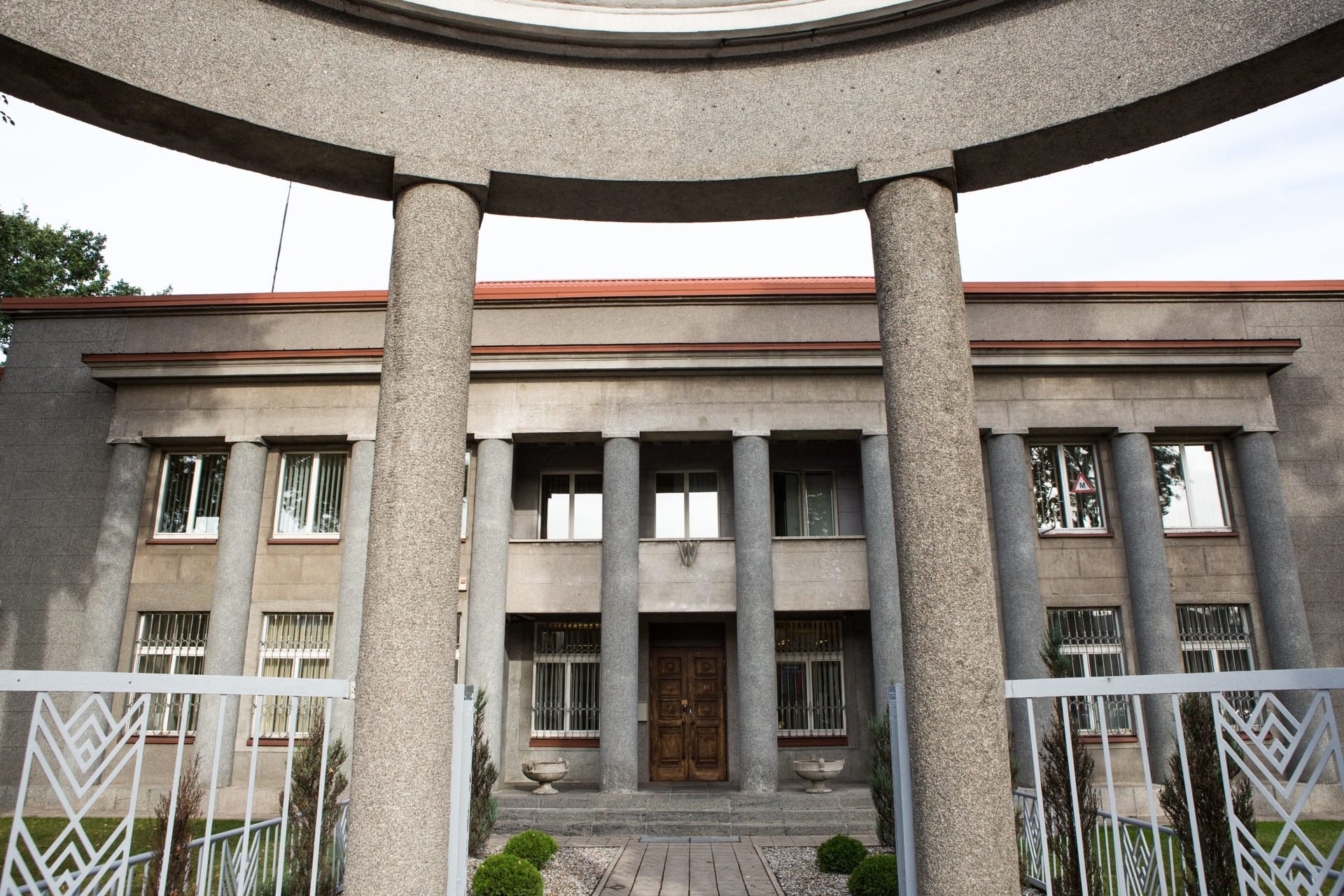
The bank building was designed by well-known architects A. Funkas and M. Songaila, and built in 1935. Neoclassical trends are felt in the architecture of the building. This is among the most significant examples of interwar architecture, surviving in a small town. The building was not damaged during the war, and a hotel and a restaurant were opened in this building during the post-war years. Since 1977, it was again used according to its original purpose.
- Jūra Park
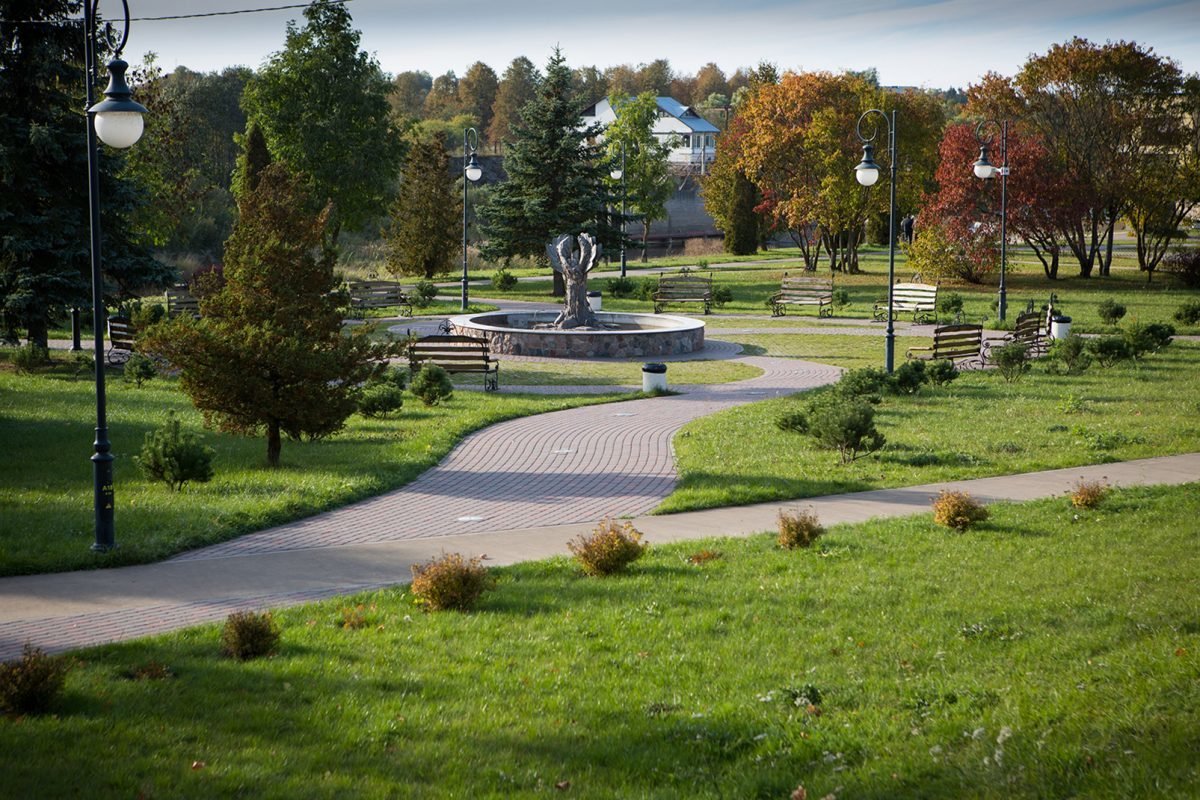
The Park was equipped in accordance with symbols of the old Baltic culture, namely the celestial bodies. Walking through the park, you will notice many symbols, such as the Sun, Moon, Infinity or Harmony, the World Tree, the Serpent (small snake). In the park, you will have an exceptional opportunity to get acquainted with the ancient Lithuanian zodiac. The original ancient Lithuanian zodiac signs were detected on the ancient ritual ladle dating back to the 16th century, which was found in the basement of the Grodno Church. Everyone will be able to study their own zodiac sign in the park as well as, according to Baltic mythology, figure out the message by our ancestors conferred through these signs.
- Monument for the Convention of Tauroggen
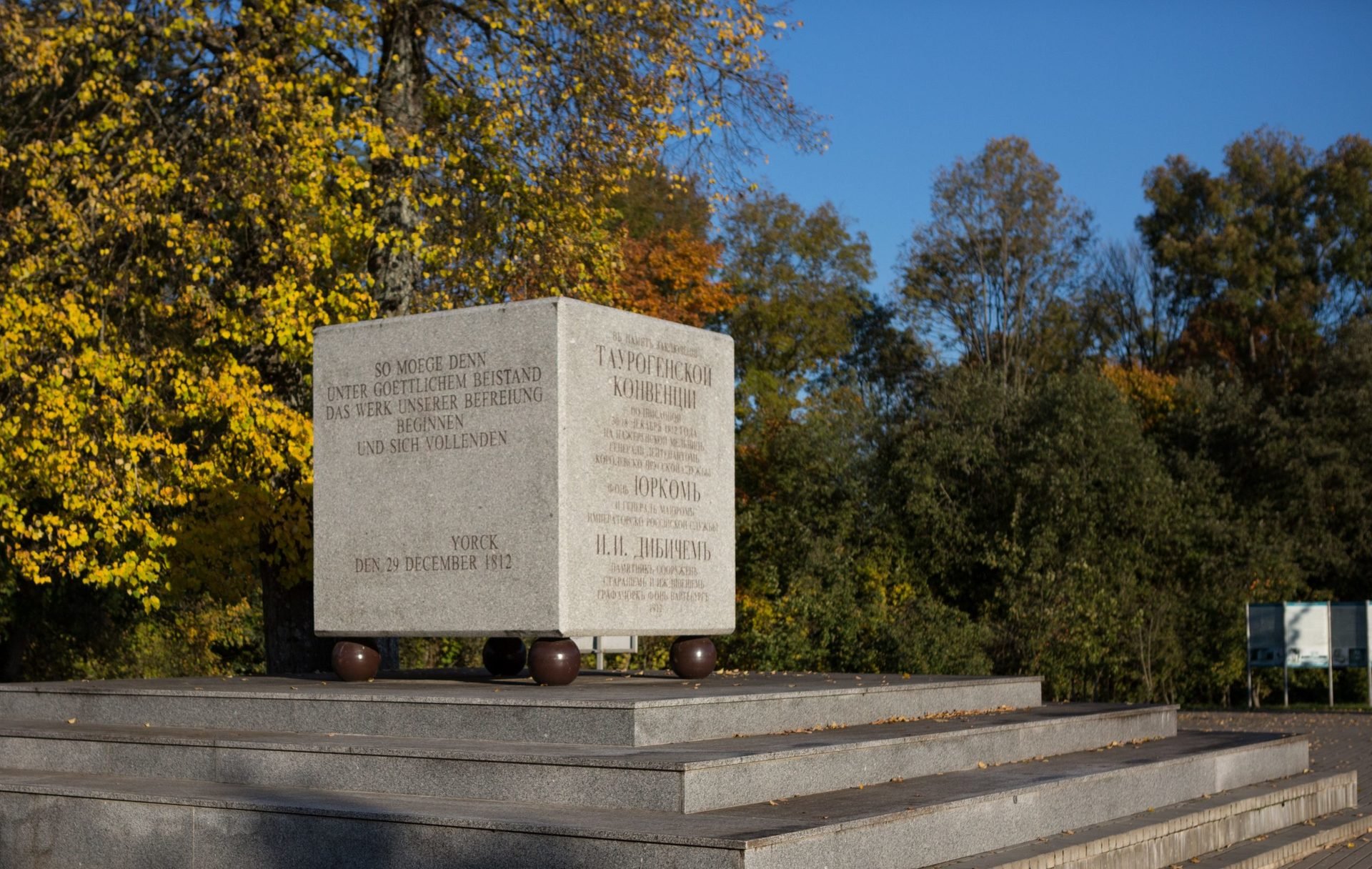
On 30 December 1812, near Tauragė, in the Požerūnai mill, a Convention between the Corps Commander Lt. Gen. Johann David Ludwig Graf Yorck von Wartenburg, of the Prussian Army (an ally of Napoleon) and General Ivan Ivanovich Diebitsch-Zabalkansky of the Imperial Russian Army. According to the convention, Prussian troops stopped fighting against Russia and maintained neutrality. It should be noted that Yorck acted against the will of Friedrich Wilhelm III of Prussia. In Napoleon’s words, ‘it was the most painful thing that could have happened, both from the military and political point of view’. This convention was named after Tauragė (then known as Tauroggen) and made the name of Tauragė famous in Europe.
- Pagramantis Regional Park
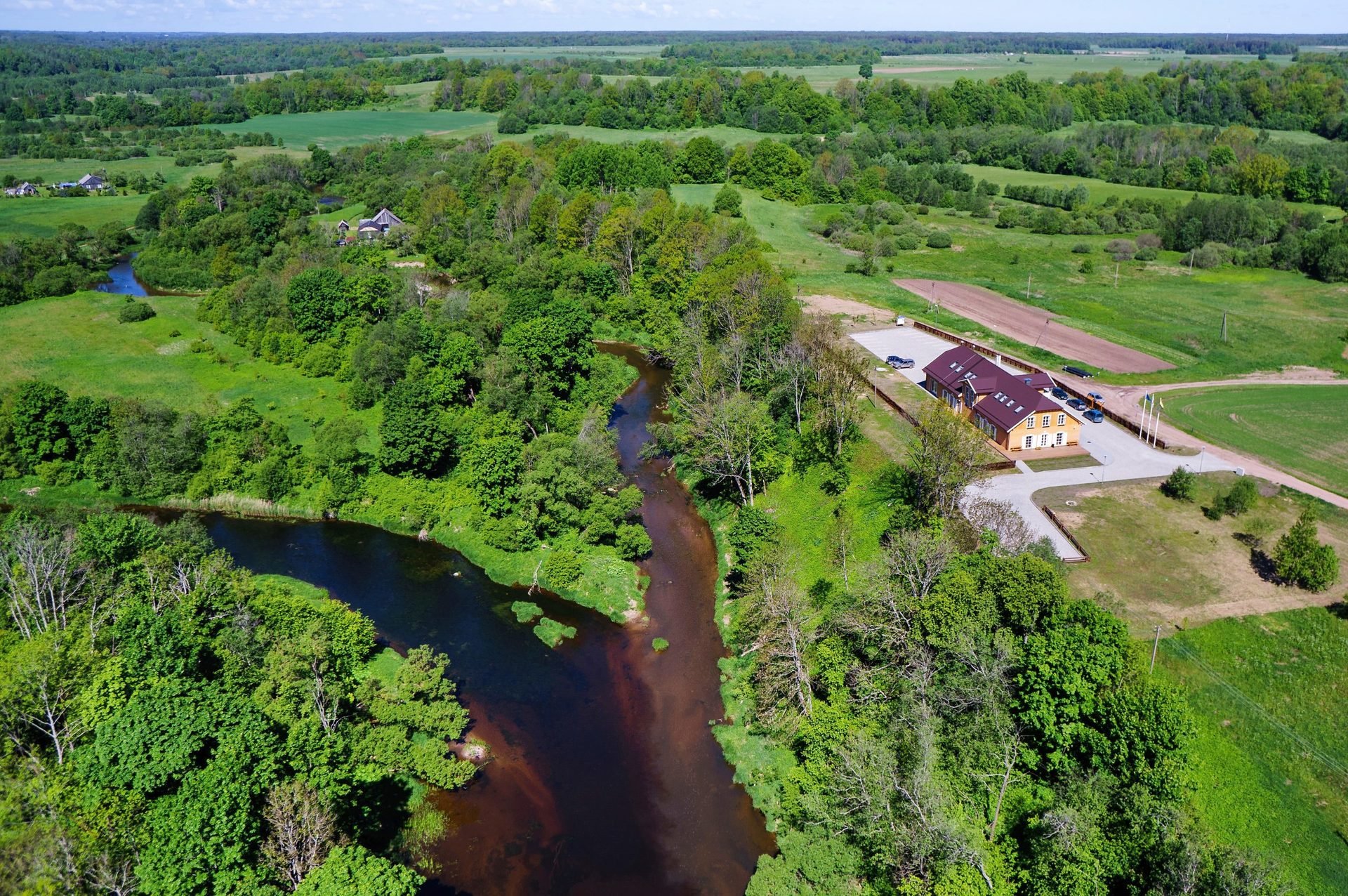
The Pagramantis Regional Park has been established in oder to preserve the scenic views of alleys and forests at the confluence of rivers Akmena and Jūra, including their natural ecosystem and cultural heritage values. The park has sightseeing-educational hiking trails: Plynoji Upland Moor, Lylava hydrographic reserve and Akmena landscape reserve sightseeing trails.
Water tourism lovers can go kayaking, canoeing or boating. In order to see the major part of Pagramantis Regional Park the visitors should pick bicycle and car track. For the ones wishing to take a rest there are cozy rest stops, rest areas and a campsite.
